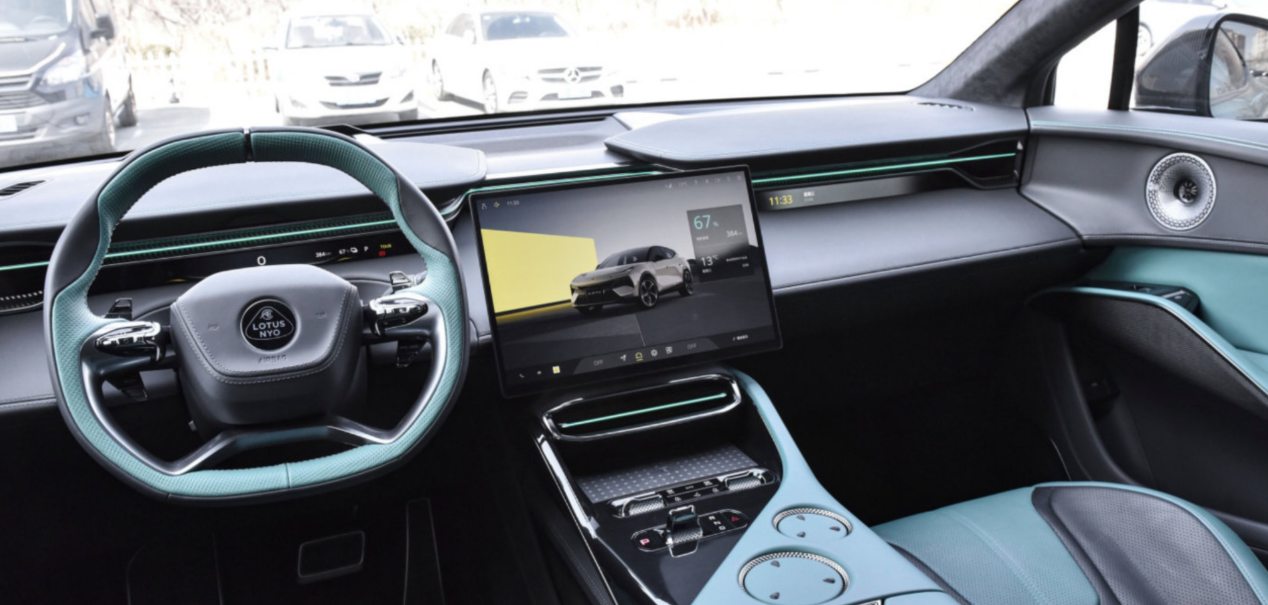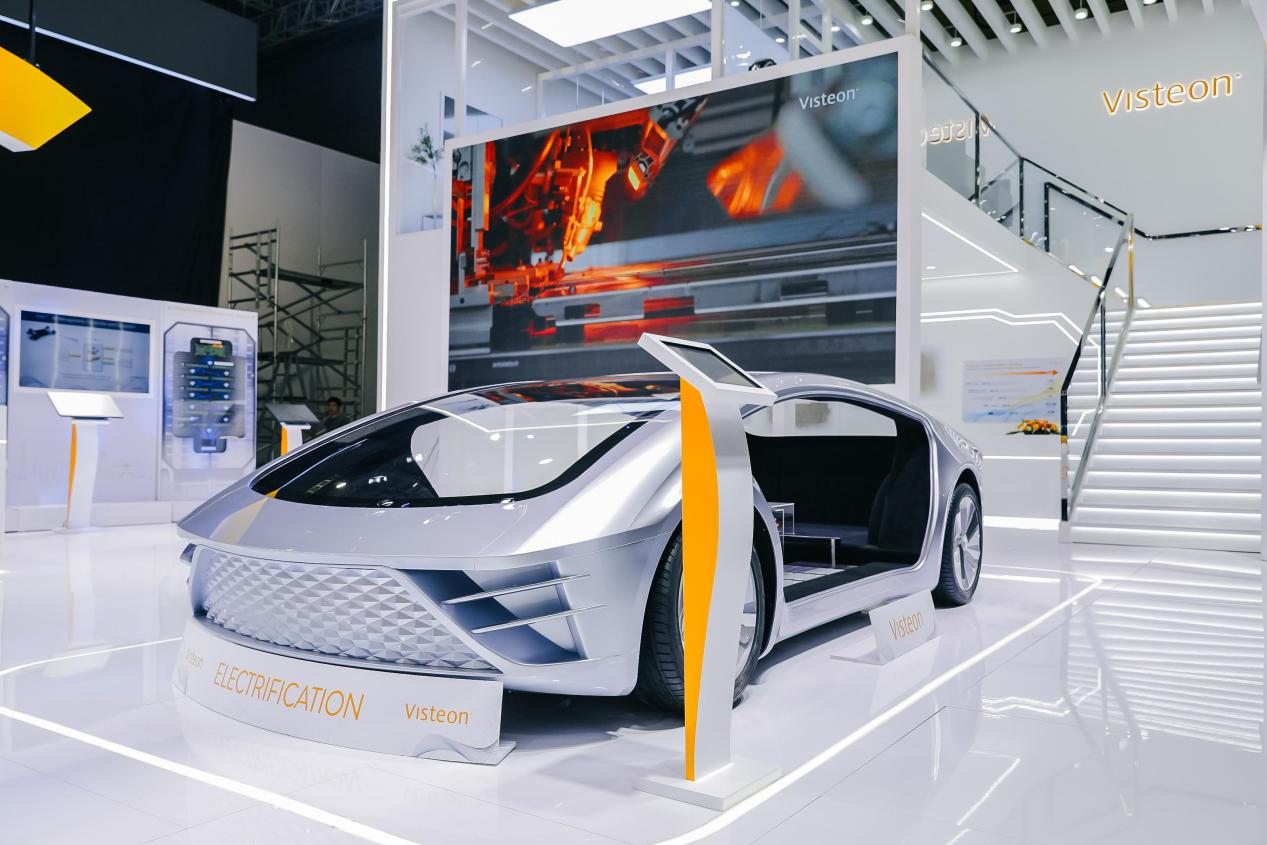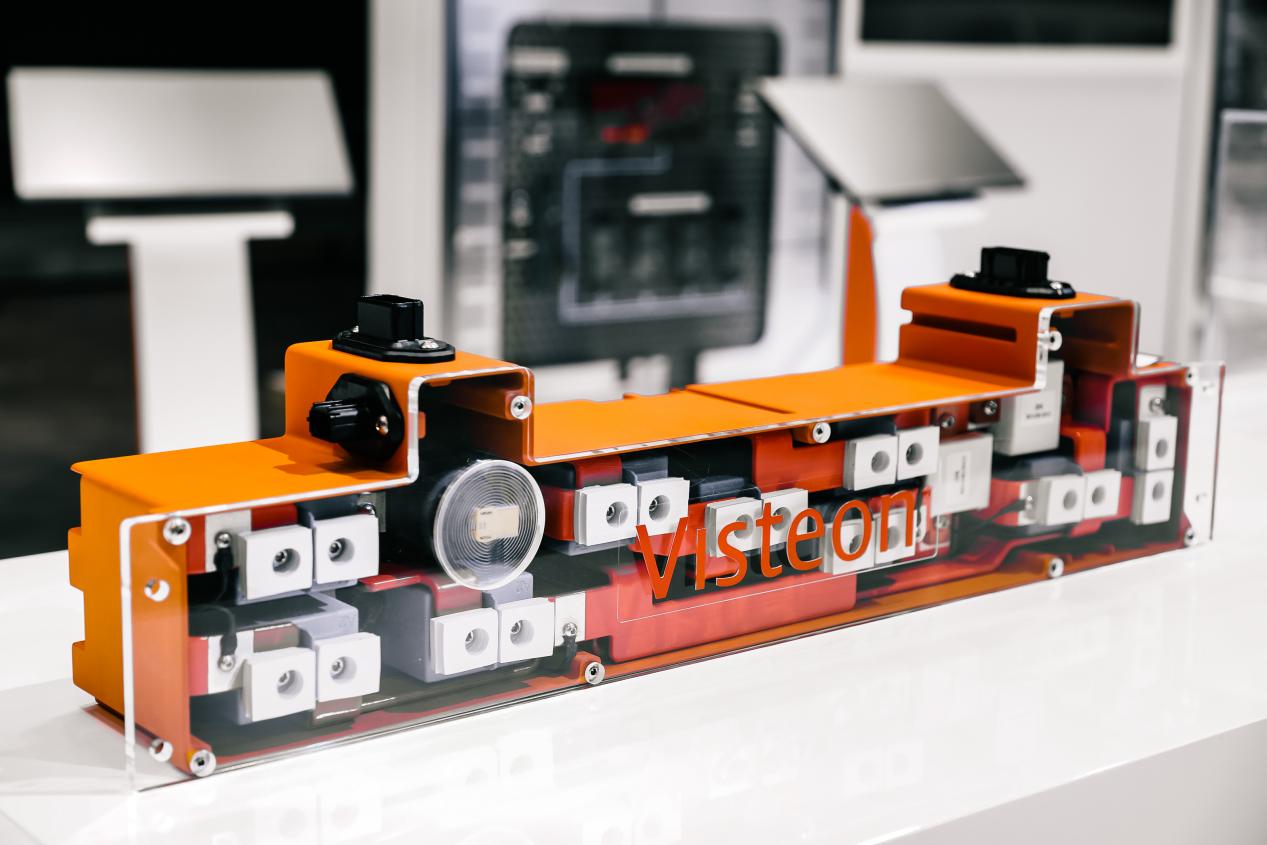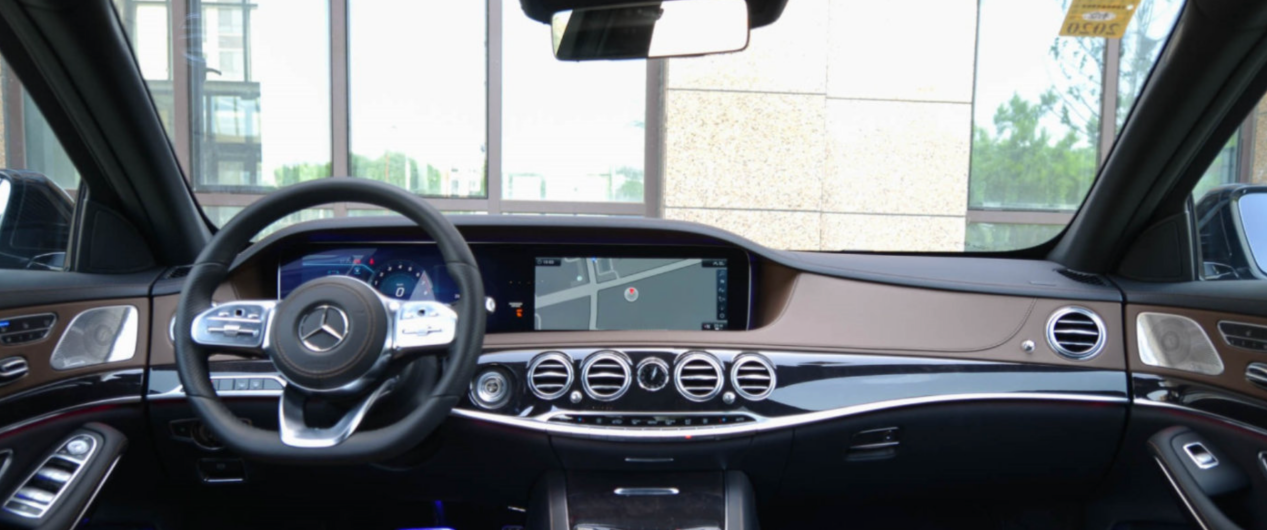Translate the following Markdown Chinese text into English Markdown text, maintaining the professional tone and preserving the HTML tags in Markdown, only output the result:
If a singer starts with an “a cappella” performance, they must have a top-notch, industry-recognized, and nationally recognized voice, but a grand show cannot consist of just “a cappella.” At this point, the backstage team’s participation enhances the spectacle, turning a simple performance into a feast. A similar story exists in the automotive industry, such as car manufacturers and their suppliers.
If car-making is like dreaming, suppliers are a necessary condition for helping automakers achieve their dreams. L2-level intelligent driving assistance, 800 V high-voltage electrical platform, OLED central control display… These configurations at car launch events are not only a product of the automakers’ imagination, but also the result of their backstage suppliers’ efforts.
Today, let’s shift the spotlight from the front stage to the backstage. I had the opportunity to interview a globally renowned supplier – Ms. Han Jin, Head of Electrification at Visteon China, during the Shanghai Auto Show.
Who is Visteon?
Visteon is a globally renowned components supplier, providing key car parts R&D and support for industry giants such as Mercedes-Benz and General Motors. For example, they were once responsible for the through-dashboard featured in the entire Mercedes-Benz lineup.

Lotus ELETRE’s intelligent cockpit
In addition, Visteon also offers automakers underlying infotainment systems, domain controllers, advanced driver assistance systems, and high-voltage electrical platform solutions, among other things. Headquartered in Van Buren, Michigan, Visteon has over 40 branches in 17 countries with around 10,000 employees, including its Asia-Pacific headquarters in Shanghai and its Wuhan Technology Center, which opened in September last year.
Coincidentally, Lotus’s intelligent factory is also located in Wuhan.
The following are the key takeaways from this interview:
What are Visteon’s advantages and strategic layout in the field of electrification?
Our primary advantage lies in the integration of cutting-edge technology and production layout. We have a strong engineering technology team overseas, and based on our overseas mass production projects, we have a relatively well-established manufacturing process system.
In resource allocation, overseas, we mainly conduct in-depth R&D and create platform-based and modular products. In China, to adapt to the diverse and more demanding requirements of Chinese customers, we have set up a dedicated team focused on the domestic market, ensuring a quick response to local customer needs.In our product portfolio, we have three core components in the electric vehicle field: the battery management system within the battery pack, the high-voltage junction box, and the high-power on-board charger focused on 800V charging systems. These are essential components with great potential in the power domain. Amidst the domestic boom of the new energy market, Visteon endeavors to stay at the forefront of innovation.
What is the significance of the 800V electrical architecture for electric vehicle development, according to Visteon?
Faster charging
More and more automakers are shifting their focus to 800V systems. When the voltage increases from 400V to 800V, the power of electric vehicles doubles, significantly reducing charge time. Additionally, even if users do not have access to an 800V charging station, vehicles with an 800V electrical architecture will achieve higher charging efficiency on regular stations compared to 400V models.
Optimized energy consumption
In conjunction with high-voltage vehicle modes, advantages include reduced energy consumption, improved range, decreased weight, and space savings. For example, by increasing the voltage platform from 400V to 800V and achieving a 300 kW charging power, wiring harness weight is reduced by nearly 5 kg. This results in savings in internal wiring within the vehicle, as well as better heat dissipation for electrical components due to increased space. Visteon’s main electrification products are based on an 800V voltage development, excluding those already in mass production.

What solutions will Visteon provide for the industry regarding power battery safety?
Visteon has a dedicated team focusing on in-depth research in automotive functional and information security. With the growing demand for functional safety in domestic vehicles, almost every automaker now requires a functional safety level of ASIL C/D.
In response to the high safety requirements for batteries and electric vehicles, Visteon, as a company committed to the electric domain, is among the first to achieve the highest functional safety level for BMS products, in accordance with the ISO26262 process.
 ### What safety tips should be followed when using electric vehicles for daily transportation?
### What safety tips should be followed when using electric vehicles for daily transportation?
Avoid staying in the vehicle during charging.
Generally speaking, our BMS system detects current levels, which can rise to several thousand amperes within a few milliseconds. The information exchange of the BMS system operates at millisecond levels, or even shorter. The internal structure of the battery is intricate, and in case of a sudden short circuit, the BMS would typically detect the rapid increase in current. In such situations, the vehicle quickly alerts the driver and passengers to evacuate, a process that is remarkably swift.
Not only during driving, but also right after parking, it’s difficult to know the internal state of the battery. The temperature might already be dangerously high, and if the battery’s pressure relief valve fails to open during extreme circumstances, the battery pack can easily catch fire. This is why many manufacturers caution against remaining in the vehicle while charging. There are numerous causes for vehicle fires, and this is just one possible scenario. The list of reasons is quite diverse.
This article is a translation by ChatGPT of a Chinese report from 42HOW. If you have any questions about it, please email bd@42how.com.
